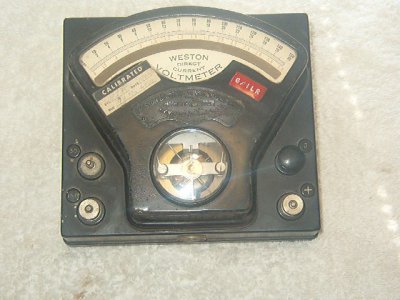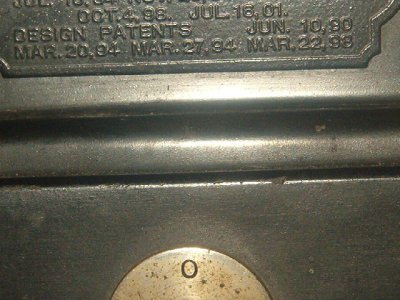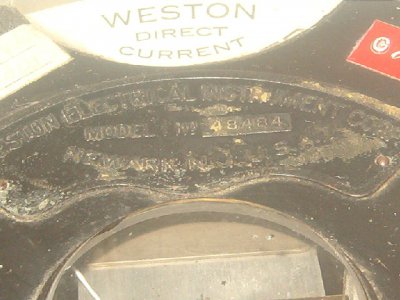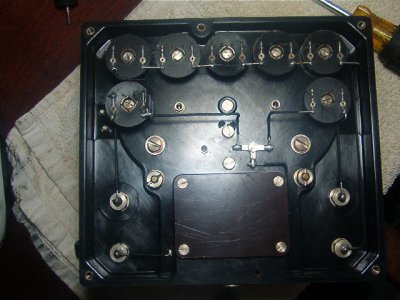Your meter was made in 1933. I collected Weston's for many years and have cross referenced serial numbers with calibration dates, so I'm certain of the date. Having worked on (fooled around with) these for many years, I am not sure how much you can do. As suggested, you definitely need to make sure the movement itself is good before you go any farther! If that is open, it's game over. You have a paperweight. Using a modern ohmmeter you will need to check the resistance between the top hair spring coil and the bottom hairspring coil. I specify a modern ohmmeter because they use only VERY small amounts of current to get readings. If you use a battery, and the coil is good, you may perform a smoke test and vaporize the hairsprings! If you do get a reading of any amount, the movement has continuity so then you can look to check the resistance coils. Back in those days, the only way to get a specific resistance was to wind hundreds of feet of cotton covered manganin resistance wire on a spool. Ed Weston developed that technique back in the 1880's. As suggested, I'd resolder the wires. After so many years, many have corroded from the flux they used, but a touch of solder will bridge the micro-gap and you are in business. I would not try to fix one of those resistors! They have MANY feet of hair fine wire and if it has opened in one place, it may have opened in many others. Some of them have their resistance written on them in pencil, so look carefully for that clue.
If you want to take the cover off of the face of the meter, take off the two "nuts" that have slots cut in them with the screw projecting through the middle. Do NOT unscrew the two large screw s just above them! these hold the whole movement in place and you don't want to do that unless you plan some major surgery. You can check the resistors with an ohmmeter by putting it across the two connectors on the face of each of the resistors. Don't worry about the reading. In those old resistors, either they were right, or they were open (dead).
Good luck and hope this helps.
FGD














